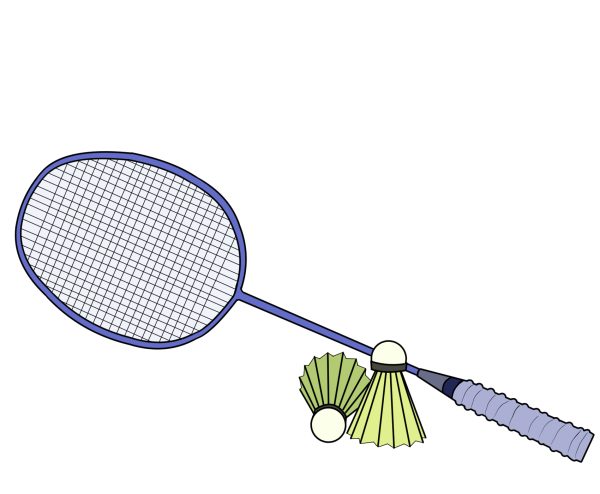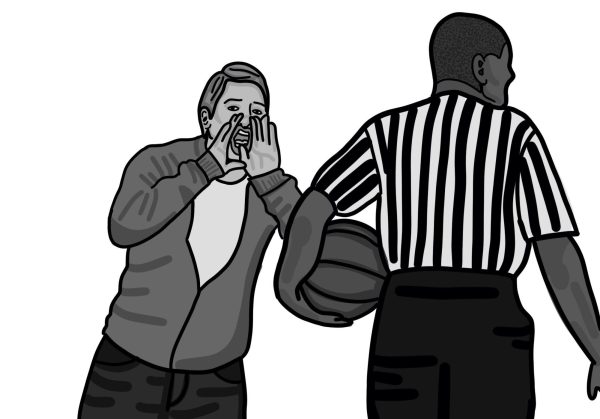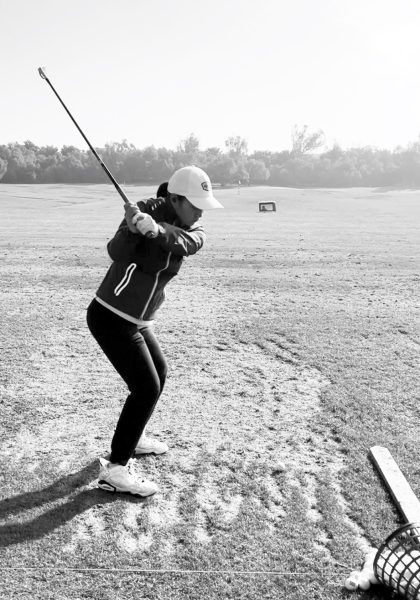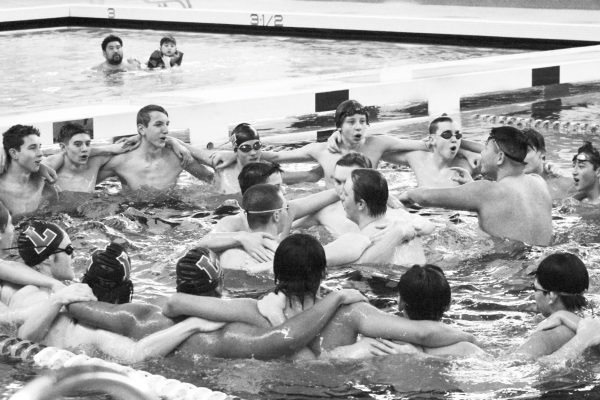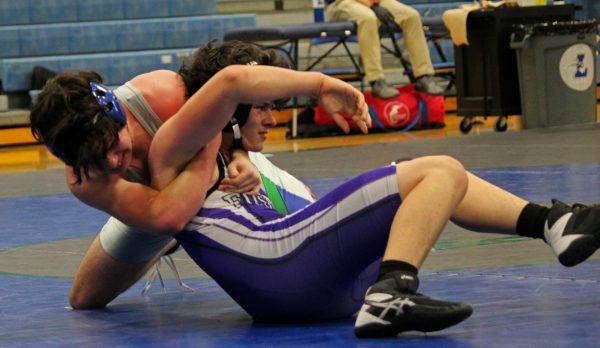Flexibility: the most important trait of a dynamic athlete
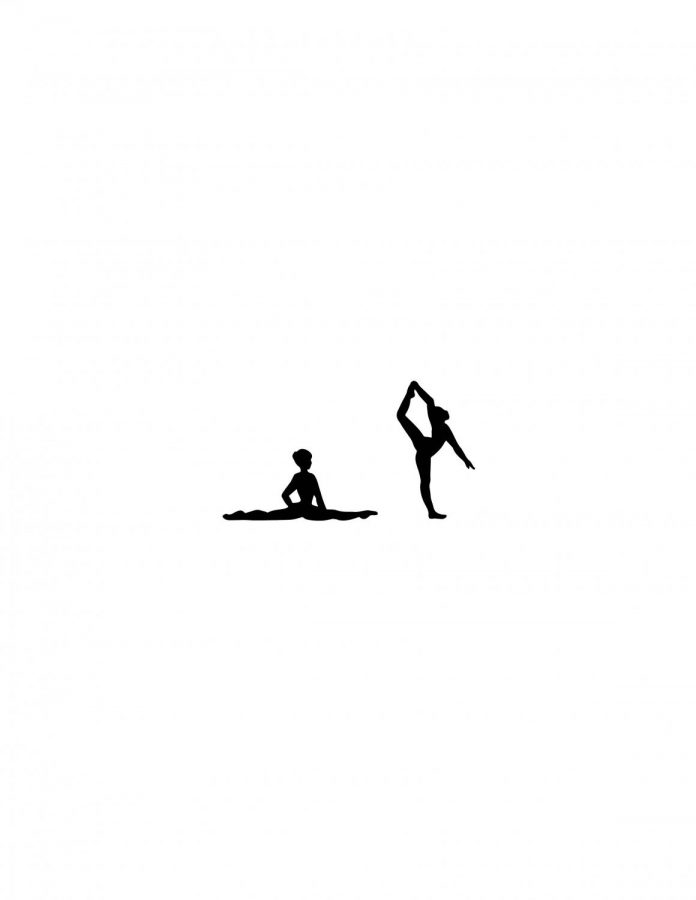
April 5, 2019
They’re age-old complaints: Why do we have to warm up? Stretching is a waste of time! The list goes on and on. While football, soccer, and other sports players may discredit the importance of flexibility, some athletes—such as gymnasts and dancers—are required to stretch daily. It’s no surprise, then, that the majority of muscle tears in athletes could be prevented by an increase in flexibility. Flexibility, in short, is an essential skill in any athlete—regardless of the sport they play.
According to Harvard Health, a lack of flexibility doesn’t just lead to strained muscles: without regular stretching, your muscles won’t get the micro-tears that are rebuilt after a long session of yoga or deep-stretching, meaning they’ll lack the length (and also strength) required to support your joints. While many people might not know just how vital this is, there are special cases in multiple athletic programs at Liberty.
To junior wrestler Will Slaton, stretching isn’t just a warm-up at each practice: it’s necessary for every day.
“All college wrestlers can hit the splits,” Slaton explained. “It’s pretty essential, and I’m not the most flexible guy, so I started asking a few friends from drill and dance about stretches I could do to improve.”
In wrestling, it’s extremely important to be flexible in case you’re caught in any unusual position or hold—but it’s great in other cases too. Slaton’s interest in stretching is shared with his friend Brian Kim, a junior on the Liberty swim team.
“Will and I set a goal: by the end of the year, we’re gonna hit the splits,” Kim said. “I want right and left.”
While this goal might seem unrealistic for or unrelated to a swimmer’s life, Kim, similarly to Slaton, is wholeheartedly devoting time to stretching. It wouldn’t be out of the question to say Kim is avid about the benefits that flexibility has in the water.
“When you swim there is an advantage if you’re flexible,” Kim said. “Swimming isn’t really a flexibility-based sport,” he continued, “but it helps with preventing injuries, especially in the shoulders—which are vital to strokes like backstroke and butterfly.”
Junior soccer player Elaine Kooiker knows firsthand the negative impact that constant activity without stretching can have. While playing soccer for the PAC NW select team in eighth grade, Kooiker participated in a five-day tournament: a regional trip that had them playing a game every day. Almost immediately after it ended, she made a transition to a new team, one that had her start training as soon as she arrived. Because of the constant stress, she suffered a catastrophic strain to her hamstring that rendered her unable to play for months.
“My coach warned us not to get back on the field for a while,” Kooiker said. “But I was committed to a new team, and I thought I just had to start practicing. It was just days after the tournament—I was overworking myself. To fully recover, after I stopped hurting it over and over again, took three months.”
Kooiker concluded that had she and her team stretched more during the tournament, she probably wouldn’t have gotten injured in the first place.
“You feel fine when you’re young,” Kooiker said, “but as soon as you’re older it becomes more and more important to stretch. It’ll make you feel so much better, and it’ll last your whole life.”




